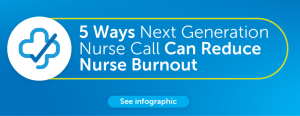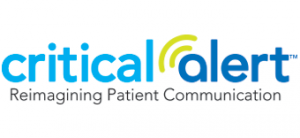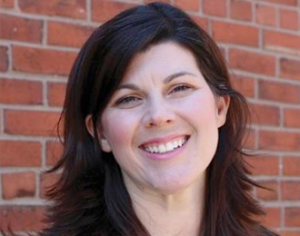Nurse Exhaustion: Second Phase of Nurse Burnout
by Kourtney Govro
Anyone who has worked in the medical field knows that it can be a demanding and stressful job. From long hours to emotional challenges, nurses are constantly under pressure. This can eventually lead to nurse burnout, a condition characterized by physical and mental exhaustion. As we’ve previously discussed, burnout has three phases: fatigue, exhaustion and finally, burnout. Each phase is marked by specific symptoms, and it is important for nurses to be aware of these signs in order to prevent themselves from reaching the point of burnout. By understanding the warning signs of nurse burnout, nurses can take steps to protect their well-being and ensure they can continue to provide quality care for patients.
In the last blog we talked about some of the inherent issues that were going to make this issue explode in the next few years. In this blog, we will discuss the real financial impact it is having on health systems across the United States. According to a study by NIH, “Intensive care nurses think that alarms are burdensome and too frequent, interfering with caring for patients and causing reduced trust in alarm systems. They feel overburdened with an excessive amount of duties and a continuous wave of alarms. Having to operate modern equipment, which is becoming more and more advanced, takes time that nurses would prefer to dedicate to their patients.”1
In many healthcare settings, nurses are being expected to do more with less. They are burdened with an ever-increasing workload, and are often stretched thin by staffing shortages. As a result, nurses have less time to spend with their patients. This can have a negative impact on patient care, and can lead to nurses feeling overworked and stressed. In addition, the use of technology in hospitals can also contribute to nurse burnout. Oftentimes, when nurses are burnout, they choose to leave their roles, and sometimes the profession all together.
patient care, and can lead to nurses feeling overworked and stressed. In addition, the use of technology in hospitals can also contribute to nurse burnout. Oftentimes, when nurses are burnout, they choose to leave their roles, and sometimes the profession all together.
When a hospital is faced with the loss of a nurse, it doesn’t just feel the impact in staffing costs. There is a ripple effect that can be felt throughout the entire organization, ultimately impacting the bottom line. The average cost to replace a nurse who has left is $40,038, but that number doesn’t take into account the cost of hiring a travel or agency nurse to fill in during the vacancy. When you factor in those costs, the impact to the bottom line can be >$3.5-$6M.2
The high cost of nurse burnout is becoming increasingly clear. Not only does it take a toll on the nurses themselves, but it also impacts the quality of care they are able to provide. When nurses are tired, they are more likely to make mistakes and overlook important details. They are also less likely to be able to provide the high level of compassion and empathy that their patients need. As a result, addressing nurse burnout is not simply a matter of improving working conditions or increasing pay. It is an essential part of ensuring that patients receive the best possible care. It is critical that healthcare organizations find ways to address nurse burnout, as it is not sustainable for either nurses or the organization in the long term.
Not only are nurses an expensive resource to replace, but the care they provide can will be hindered by overloading their day. Increases in workload can increase a patient’s chances of dying by 7%3 and lead to higher readmission rates.4
At no time is modeling out a workflow more important than when human lives are at stake. We have identified that the nurse call system can actually model out a variable acuity produced by the patient during their stay. Asks, Needs, and Wants all combined into a factor that can help care leaders identify bottlenecks and work overloads. The benefit to this is that now we can see which staff are being asked to do more tasks than others and why. In some cases, it may be that one nurse is simply better at time management than another. However, it could also be indicative of a larger problem such as insufficient staffing levels. By identifying these issues early on, we can take steps to address them before they cause further problems down the line. Ultimately, this will result in a better experience for both patients and staff alike.
Here are some things you can think about to address exhaustion before it becomes a patient safety issue or a caregiver exhaustion issue:
- Better Manage the technology burden on your staff. What is a Technology Burden? It occurs when well intentioned technologists bring in more technology to help reduce workload. More technology often does not equate to less work, be diligent about evaluating what human factors will be impacted by your acquisition.
- Measure and provide your caregiver with access to their stats. Your Nurse, Care Tech, and HUC need to have access to a measurement of workload they are receiving from patients technology in real time. Why? It validates what they all ready knows and allows you to have a conversation with them about strategies to change.
Kourtney Govro
Strategic Advisor
Kourtney Govro has over 20 years of experience in the nurse call business. At just 6 years old she was introduced to the idea when her father became a nurse call distributor. Since then, her love for transforming the nurse call industry has continued to grow. Leading her to start her own successful company, Sphere3, a consulting company that supported hospitals with decisions around leveraging technology to transform the care environment. Critical Alert acquired Sphere3 in 2019 and Kourtney joined the team as a Strategic Advisor.


